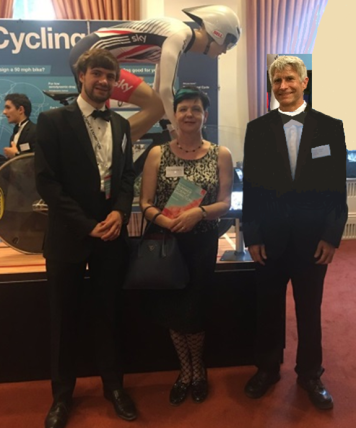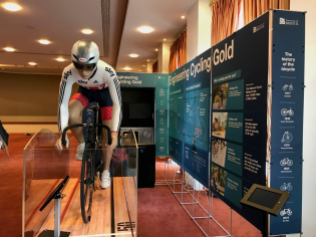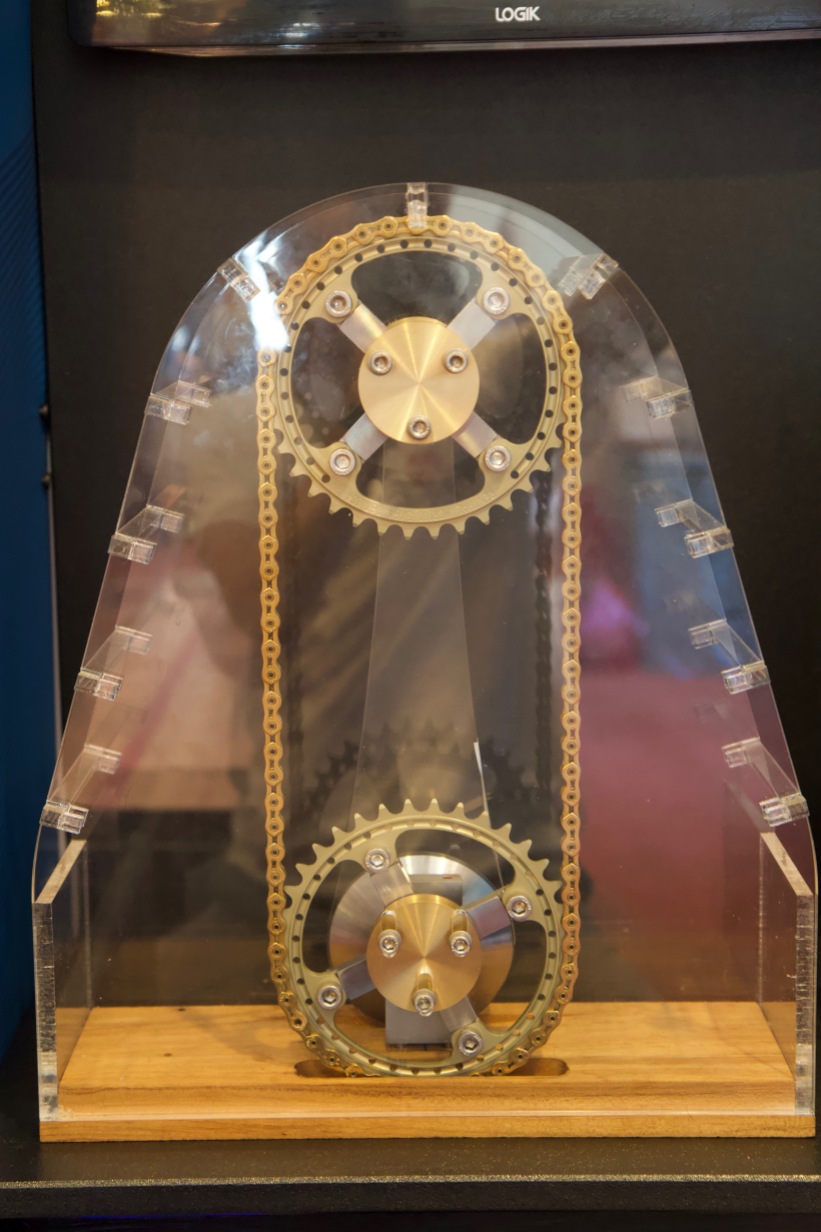The works of the Lord are great, Studied by all who have pleasure in them. (Psalm 111:2)i
The following video was made for the Royal Society Summer Science Exhibition:
The following video shows an interview on BBC points West:
Designing an Olympic bike requires the best materials, the best lubricants and best components. By using material like carbon fiber and titanium, bicycles can be extremely light. By carefully selecting the right lubricant for the type of race, the transmission can be made very efficient. However, even an Olympic bicycle is very crude compared to the design of the human body. Incredibly, the friction loss in a healthy human knee joint is one fiftieth of that of the loss in an Olympic chain drive! The cartilage and synovial fluid in the human joints are so brilliantly designed that they are way beyond what human designers can produce.
Designing the fastest bike in the world
I led the design of the chain-sprocket transmission for Team GB cycling which was used in the following major championships:
- Olympics and Paralympics 2016 (Rio, Brazil)
- World Championships 2017 (Manchester, UK)
- World Championships 2018 (Holland)
- European Championships 2018 (Berlin, Germany)
- World Cup 2018 (Canada)
At the Rio Olympics Team GB won six gold medals and broke the world record for both the men’s and women’s team pursuit.
To help design the chain drive I invented a special pendulum test rig to measure friction losses in the chain. After an initial push, the profile of the pendulum decay reveals the amount of friction in the chain and sprocket.
In 2017 I was invited to exhibit the bicycle work, including the pendulum test rig, at the Royal Society in London which was visited by 14,000 people including MPs and government ministers. See pictures below:
2017 Royal Society Summer Science Exhibition – Olympic Bike Design


















